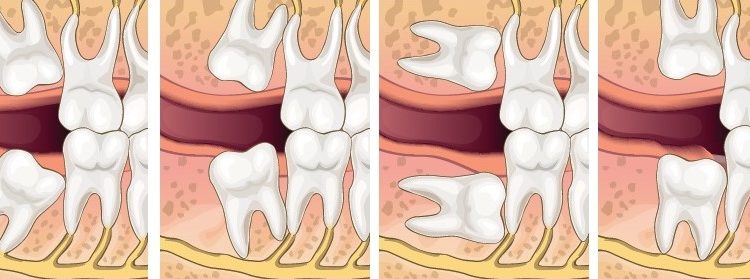 Should You Floss or Not?
Should You Floss or Not?
Just Floss…It’s Not Going to Hurt!
The U.S. Department of Health’s latest decision to not include flossing in the Dietary Guidelines for Americans, coupled with the Associated Press’ recent report that the recommendation for flossing lacks evidence that flossing helps is creating a lot of confusion…but don’t throw out your dental floss just yet, anti-flossers.
It’s true, the published evidence to support the effectiveness of flossing to prevent gum disease or tooth decay is weak at best. And while the news story implies that by not including flossing in the 2015-2020 Dietary Guidelines, the government has changed its stance on flossing; however, this is not the case. The Dietary Guidelines Advisory Committee deliberately chose focus on food and nutrient intake (i.e., added sugar), and the guidelines have no bearing on the longstanding recommendation from the Surgeon General, the CDC, and other health agencies to clean between teeth daily. In fact, the U.S. Department of Health and Human Services reaffirmed the importance of flossing in an August 2016 statement to the ADA.
But weak evidence for flossing does not mean that flossing isn’t effective, it just means there isn’t positive evidence for flossing. Even though the news story suggests that there is no health benefit to flossing, health experts say that you still need to clean in between your teeth.
Here’s What We Know:
- Dental plaque is a sticky, colorless film of bacteria that constantly forms on teeth and along the gum line. Plaque formation is a normal process that cannot be prevented.
- Plaque that is not removed daily can eventually harden into calculus or tartar, which makes it more difficult to keep your teeth clean. Furthermore, tartar can only be removed with professional cleaning.
- Dental plaque, and the bacteria in plaque, is a major cause of both tooth decay (cavities) and gum disease.
- Floss removes food trapped between the teeth and removes the film of bacteria that forms there before it has a chance to harden into plaque. Toothbrush bristles alone cannot clean effectively between these tight spaces.
- Flossing is a low-risk and low-cost procedure, and clinical studies show that it is effective at removing plaque when it is done well.
- Maintaining clean and healthy teeth is a best-practice approach to maintaining lifelong oral function and preventing tooth loss.
According to the American Dental Association (ADA), interdental cleaners such as floss are an essential part of taking care of your teeth and gums. The recommendation of the ADA continues to be that patients brush twice a day, floss or use interdental cleaning once a day, and see their dentists on a regular basis. That is still the best advice we can give patients as far as maintaining their oral health.
The bottom line is that having plaque or food stuck between your teeth is not good for your oral health. Our simple advice: keep on flossing, San Diego!
Click here to watch a video on proper flossing technique!




